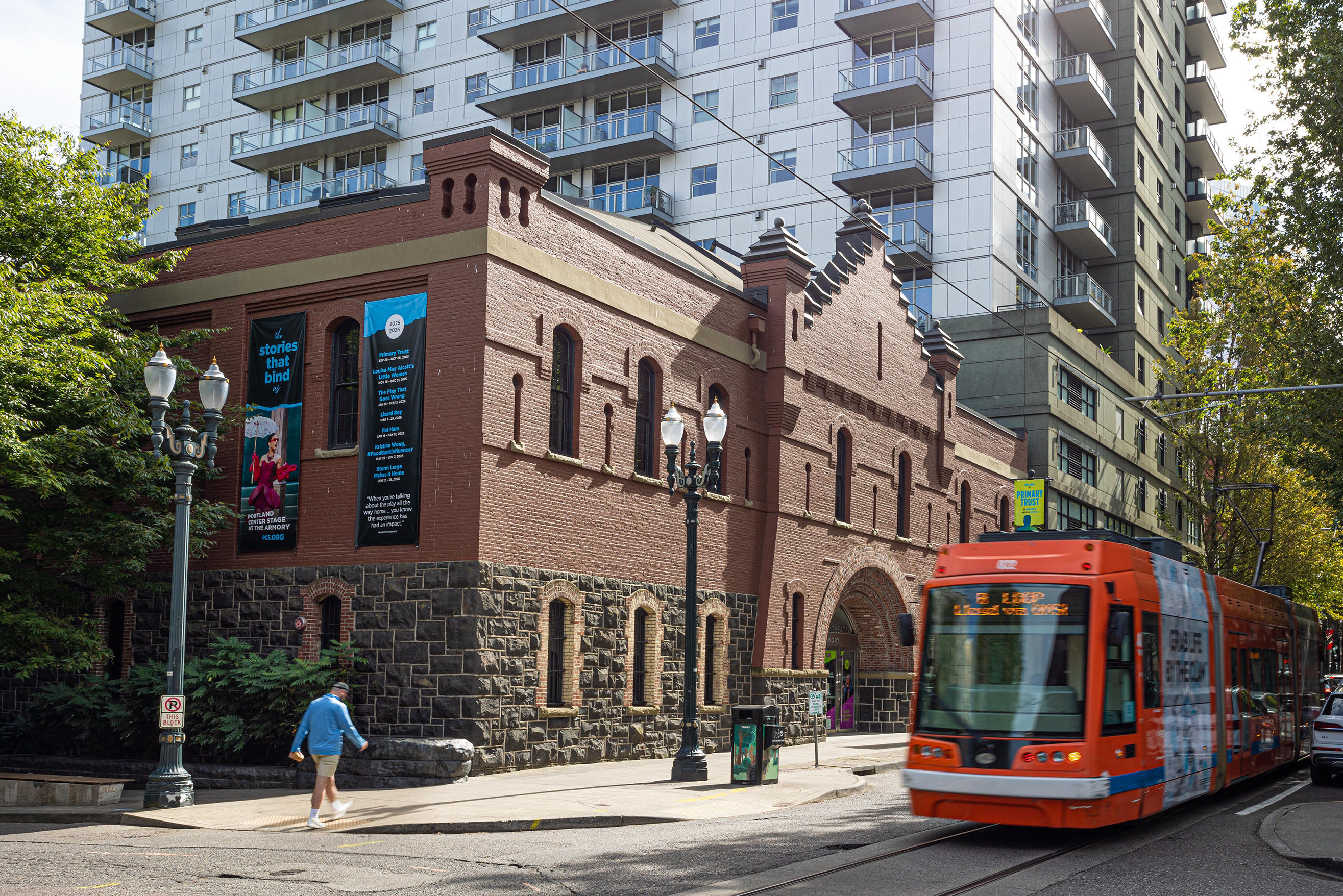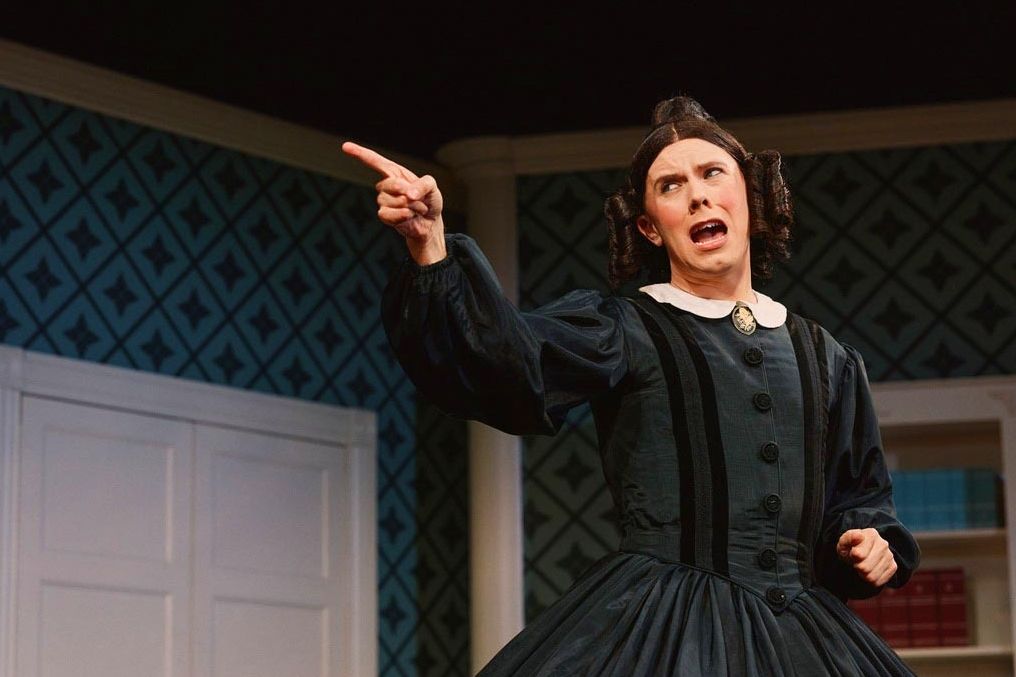The Portland Playbook: How to Create Theater Magic in 12 Steps
For nearly 30 years, the Oregon Children’s Theatre has delighted Portland kids (and many parents) with clever productions like Zombie in Love, Charlotte’s Web, and Pinkalicious: The Musical. Lately, though, the company has grown. Fast. With the runaway success of its first world premiere—a 2006 adaptation of the dystopian children’s novel The Giver—OCT’s brand has gone global. To date, the company’s script for The Giver has been produced more than 250 times, receiving a further push from last year’s movie starring Jeff Bridges and Meryl Streep.
OCT hopes to replicate that coup this season with an adaptation of the children’s book Timmy Failure: Mistakes Were Made, by Pearls Before Swine creator Stephan Pastis—a wildly popular saga of a delusional kid detective and his polar bear partner, Total (their agency: Total Failure Inc). How does the company pull off innovation and high quality in a niche often filled with fairy-tale rebakes? By cleverly following this path to collaborative creative success.
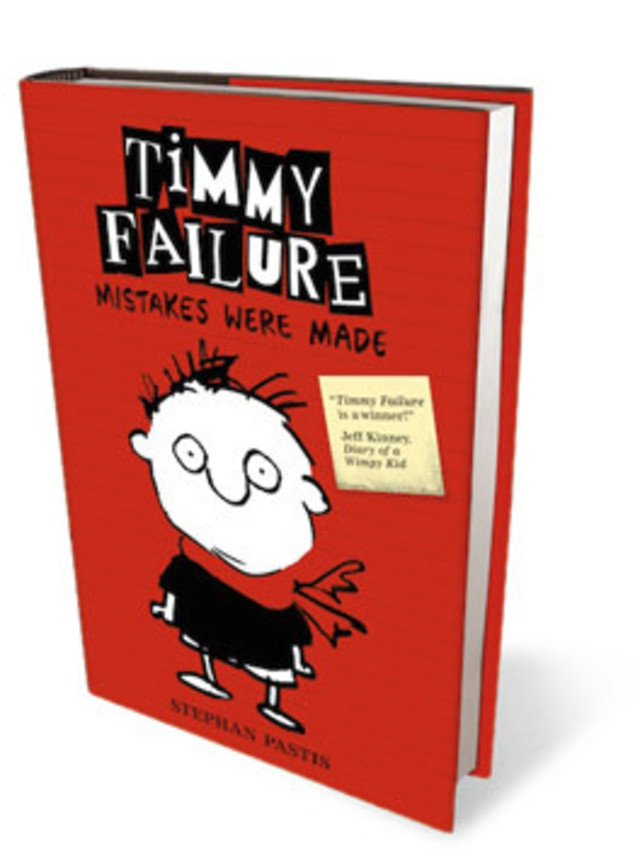
1 Get the rights. In January 2014, artistic director Stan Foote is deep into an intensive search for a funny “boy’s story” to round out OCT’s 2014–2015 season when he spies a glowing review of Timmy Failure. Knowing that stage rights are often snapped up before a book is even published, Foote immediately writes Pastis to convince the author—a widely syndicated cartoonist known to be extremely protective of his work—that OCT is the best choice.
2 Get funding. OCT has the pilot money for Timmy Failure before Foote even conceives of the show, thanks to a $10,000 2013 “new works” grant from the National Endowment for the Arts. By spring 2014, OCT has outlined a $100,000 production budget funded by ticket sales, donations, and grants.

3 Secure a Segway. SK Watercraft loans Timmy’s trademark transportation for three months. “If we had to rent it, that would blow our budget,” says OCT community relations director Sharon Martell.
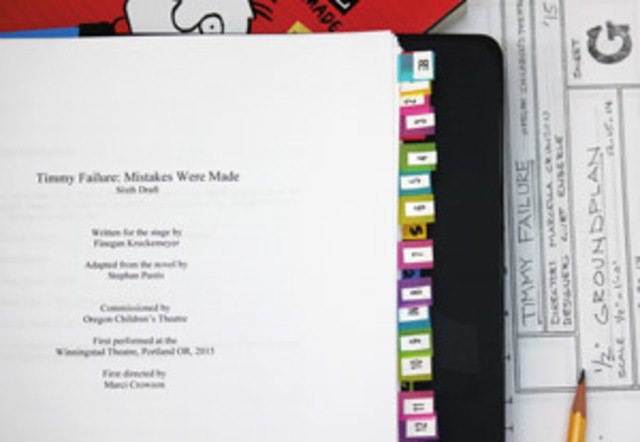
4 Write a script. Before agreeing to work with OCT, Pastis wants proof that the company will maintain Timmy Failure’s sly wit. Director Marcella Crowson persuades the internationally sought-after, Tasmania-based playwright Finegan Kruckemeyer to pen the adaptation. He delivers the first of several working drafts in June 2014, and near-final copy in December. “Fin has the sense of humor, the quirky rhythm,” says Crowson. “Stephan had no revisions.”
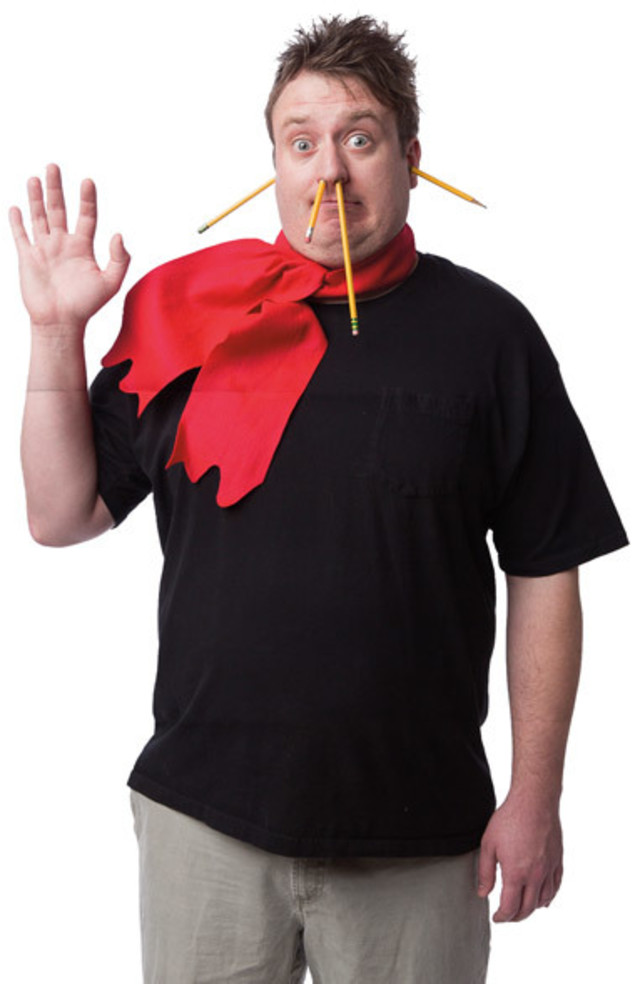
5 Hire a cast. In July 2014, OCT flies Kruckemeyer to Portland for a workshop reading with area actors, subsequently casting Action/Adventure Theatre founder Pat Moran as Timmy. “Usually we cast age-appropriate roles,” says Martell, “but this time we cast all adults. The humor is so precise it needs a sense of timing.”
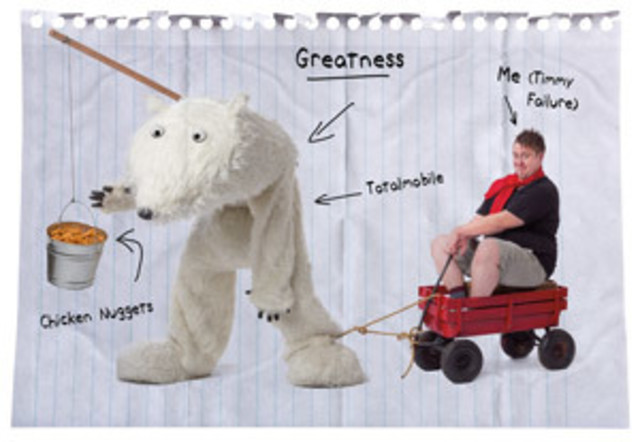
6 Find an audience. Eight months from opening, Martell crafts a promotions plan, starting immediately with Timmy Failure–themed events at OMSI, classroom aids for teachers, and a photo shoot with Timmy and Total.
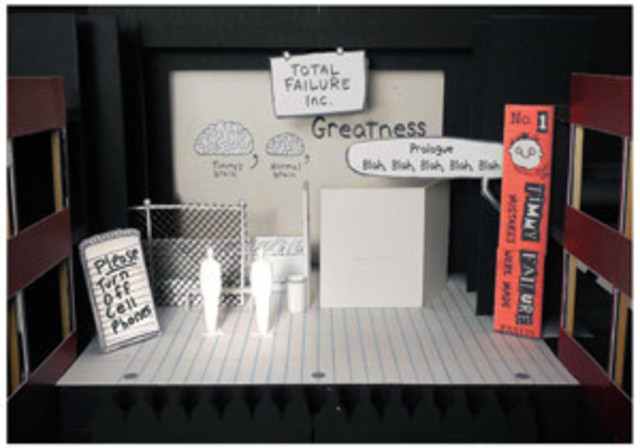
7 Build a set. Scenic designer Curt Enderle starts early (often a year out) and small—from creating miniature stage models to plotting light bulb placement.

8 Sound, lighting, props. From working the kinks out of sound and light strategies to creating props like Total’s snack bucket of chicken nuggets, Crowson works closely with a team of designers and assistant directors to cover every detail of the play’s 19 scenes. “With a new work like this,” Foote says, “you have to think about the little things that can sink you.”

9 Create costumes. Timmy Failure involves 20 costume changes. Fortuitously, local company Third Rail Rep happens to have a polar bear suit from a 2013 production.
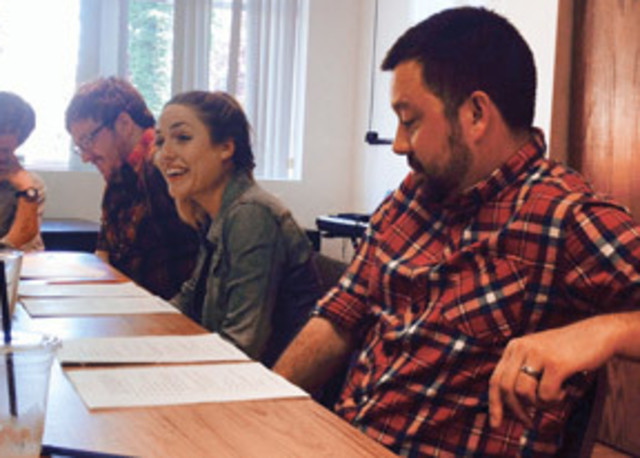
10 Schedule rehearsals. Starting in late January, Crowson convenes her cast for evening rehearsals five nights a week at OCT’s studio on NE Sandy Boulevard.
11 Bring it all together. Because OCT doesn’t have an in-house theater big enough for a major production, it books downtown’s Winningstad, where so-called “tech week” becomes two days of load-in and three very long days of rehearsal. As the cast rehearses, the lighting designer flips through stage lights, and sound checks compete with the scenery installers’ hammers.
12 Showtime. From opening night on February 28, the OCT team will perform twice a day, five days a week. “It’s a scary, exciting process,” says Foote. “Our idea is to have life after script. The marketing doesn’t stop; it’s part of our mission to have these new works bloom and grow.”
